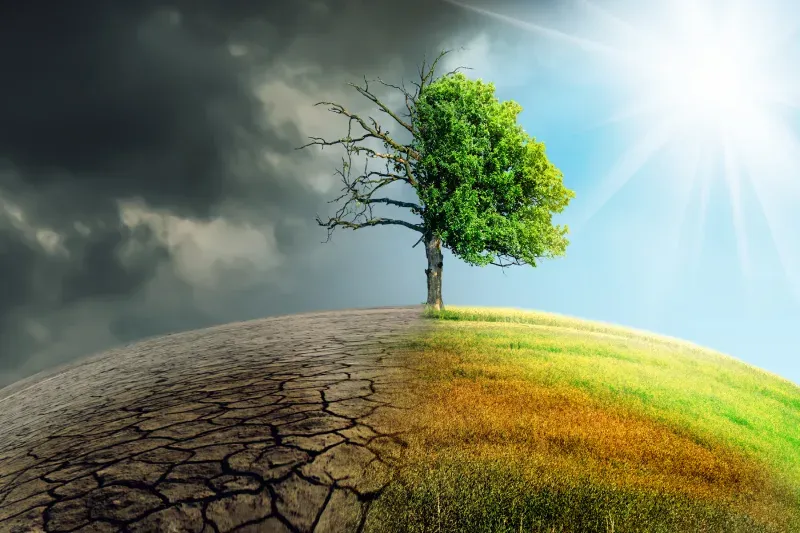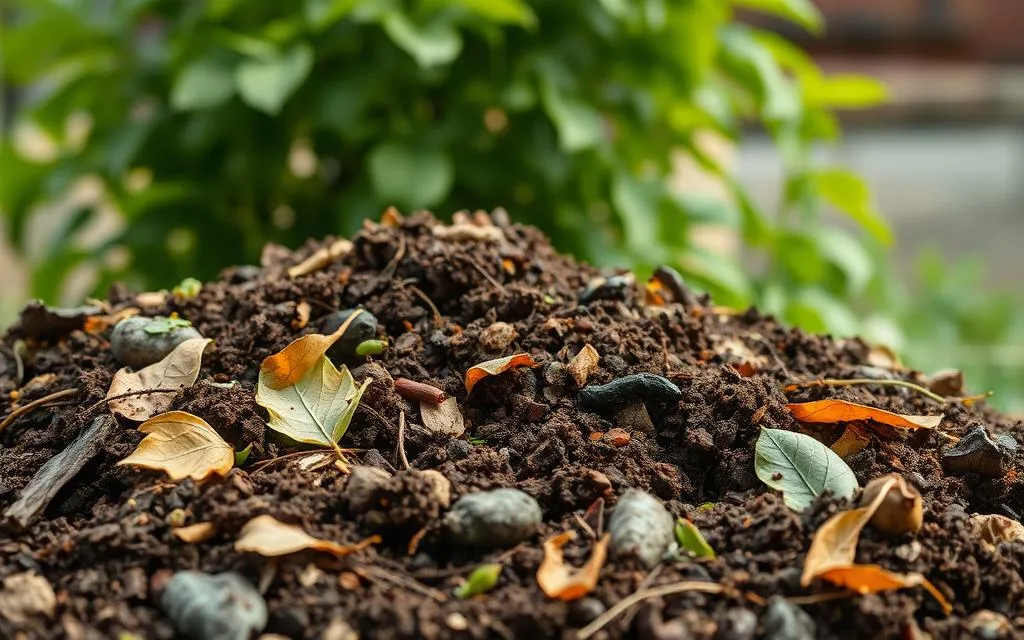envirocarecentral.com – The impact of climate change on environment is undeniable. Learn how global warming is altering our world, from rising temperatures to biodiversity loss. Imagine waking up one morning to a world where summers are scorching, winters are unpredictable, and natural disasters strike more frequently than ever. Sounds scary, right? Well, this isn’t a scene from a sci-fi movie—it’s the harsh reality we’re facing due to climate change. The impact of climate change on environment has been accelerating over the past few decades, causing severe disruptions to ecosystems, wildlife, and even human life. From rising sea levels to declining air quality, these changes aren’t just statistics in reports—they are real and happening now. But what exactly is causing all this chaos, and what can we do about it? In this article, we’ll break down the effects of climate change on our planet, one by one, in a way that’s easy to understand. Let’s dive in! Impact of Climate Change on Environment Climate change is no longer a distant threat—it’s happening right now, reshaping ecosystems, weather patterns, and even the way we live. The impact of climate change on environment is vast and far-reaching, affecting everything from rising temperatures to biodiversity loss. Human activities, particularly the burning of fossil fuels, deforestation, and industrial pollution, have significantly accelerated these changes. As a result, our planet is experiencing extreme weather events, melting ice caps, and disruptions to agriculture, which ultimately threaten food security and public health. Below, we’ll explore ten major environmental impacts of climate change and how they are reshaping the world as we know it. 1. Rising Global Temperatures One of the most undeniable signs of climate change is the steady rise in global temperatures. Over the past century, the Earth’s average temperature has increased by about 1.2°C, with the last few decades experiencing the most rapid warming in recorded history. This seemingly small increase has led to devastating consequences, including longer and more intense heatwaves, wildfires, and the alteration of natural weather patterns. Urban areas are especially affected, as heat islands trap heat and make cities unbearably hot. If this trend continues, entire regions could become uninhabitable due to extreme heat, forcing millions to migrate in search of cooler climates. 2. Melting Ice Caps & Rising Sea Levels The polar ice caps and glaciers are melting at an alarming rate, contributing to rising sea levels that threaten coastal communities worldwide. Countries like the Maldives and Bangladesh are at risk of being submerged, while major cities like New York and Jakarta are already experiencing frequent flooding. The loss of ice also reduces the Earth’s ability to reflect sunlight, further accelerating global warming in a vicious cycle. Additionally, melting glaciers disrupt freshwater supplies, putting millions at risk of water shortages. If sea levels continue to rise, entire coastal ecosystems and human settlements could disappear, leading to large-scale displacement and economic losses. 3. Extreme Weather Events From devastating hurricanes to prolonged droughts, extreme weather events are becoming more frequent and intense due to climate change. Warmer ocean temperatures fuel stronger storms, leading to catastrophic hurricanes that cause widespread destruction. Droughts and wildfires are ravaging once fertile lands, while excessive rainfall leads to flash floods in urban and rural areas alike. These unpredictable weather patterns are disrupting agriculture, displacing communities, and causing billions of dollars in damages every year. Without urgent action, extreme weather events will continue to intensify, making it harder for vulnerable populations to recover from these disasters. 4. Ocean Acidification & Marine Life Decline The world’s oceans absorb nearly a third of human-made carbon dioxide emissions, leading to a chemical reaction that makes seawater more acidic. This process, known as ocean acidification, has disastrous effects on marine ecosystems, particularly for coral reefs, shellfish, and other marine life that rely on calcium carbonate to build their shells and skeletons. Coral reefs, often referred to as the “rainforests of the sea,” are rapidly bleaching and dying, leaving countless marine species without a habitat. The collapse of these ecosystems disrupts the entire oceanic food chain, threatening fish populations and the livelihoods of millions who depend on fishing for survival. 5. Disruption of Ecosystems & Biodiversity Loss Climate change is pushing many species to the brink of extinction by altering their natural habitats and disrupting food chains. Rising temperatures and shifting weather patterns force animals to migrate to unfamiliar environments, often leading to conflicts with other species or human populations. Forests, wetlands, and grasslands are becoming increasingly inhospitable, reducing biodiversity at an alarming rate. Scientists estimate that over one million species are at risk of extinction due to climate change. This loss of biodiversity weakens ecosystems, making them less resilient to environmental stressors and threatening the delicate balance of nature. 6. Droughts & Water Shortages Climate change is intensifying droughts, reducing water availability in many parts of the world. Higher temperatures increase evaporation rates, drying out rivers, lakes, and groundwater sources that millions rely on for drinking water and agriculture. Countries in Africa, the Middle East, and even parts of North America are experiencing severe water shortages, leading to conflicts over resources. Farmers struggle to irrigate their crops, causing food production to decline, while entire communities face water crises that threaten their survival. Without effective water management and conservation efforts, these shortages could become even more severe in the coming decades. 7. Air Pollution & Poor Air Quality As temperatures rise, air pollution worsens, creating hazardous conditions that affect millions of people worldwide. Increased wildfires, industrial emissions, and vehicle exhaust contribute to higher levels of airborne pollutants such as particulate matter (PM2.5) and ground-level ozone. These pollutants lead to respiratory diseases, cardiovascular problems, and even premature death. Cities with heavy air pollution, like Delhi and Beijing, frequently experience smog so thick that it obscures visibility and forces residents to wear masks. Poor air quality doesn’t just harm human health—it also damages crops, contaminates water sources, and accelerates climate change by trapping heat in the atmosphere. 8. Disruptions in Agriculture & Food Supply The






